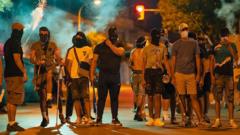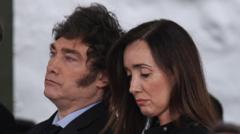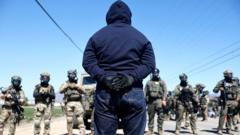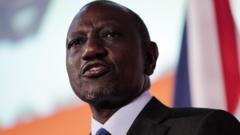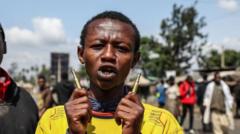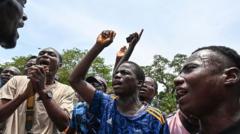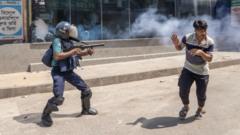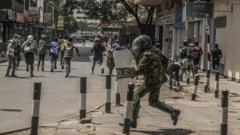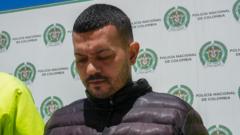Following a significant protest of 140,000 in Belgrade, student leaders shifted strategy from organizing rallies to implementing roadblocks throughout the country, aiming to demand new elections. The protests, energized by a tragic railway disaster in Novi Sad that claimed 16 lives, reflect deep-seated frustrations with President Vucic's leadership. Despite police crackdowns and rising tensions, the movement showcases a united demand for political accountability as demonstrators navigate a complex political landscape.
Serbia’s Protests Transition from Rallies to Roadblocks in Demand for Elections
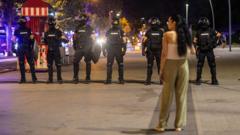
Serbia’s Protests Transition from Rallies to Roadblocks in Demand for Elections
As protests in Serbia enter their ninth month, citizens shift their tactics from rallies to civil disobedience, challenging President Vucic’s authority amidst escalating tensions.
As Serbia’s anti-corruption protests enter their ninth month, the movement is evolving both in leadership and tactics, with protesters now shifting from large rallies to roadblocks. This transition follows a colossal protest that saw 140,000 attendees gather in Belgrade’s Slavija Square, where student leaders who have been at the forefront of the demonstrations since November announced their intention to step back, claiming the government’s failure to call for new elections by a set deadline.
In response, the students have initiated a campaign of "civil disobedience," encouraging supporters to partake in blocking roads across the nation. Makeshift barriers, including dustbins and chairs, have emerged in key cities, as local residents’ assemblies actively contribute to these roadblocks. The situation remains dynamic, with police continuously dismantling blockades, only for new ones to arise elsewhere.
The crackdown by police, however, has triggered a fierce backlash among citizens. Recent incidents of excessive force have led to numerous arrests, including of students, provoking a demonstration from parents at a central police station in Belgrade until their children were released. Various organizations, including journalists and the Serbian Orthodox Church, have condemned the use of force, while European Union officials also urged for de-escalation.
As the pop-up roadblocks create significant travel disruptions for commuters, some have described the atmosphere as less of a protest and more of a street festival. Yet, doubts linger about the effectiveness of this new tactic when compared to previous rallies and blockades.
The protest movement originated from a tragic incident last November when a collapsed canopy at a renovated Novi Sad railway station resulted in the deaths of 16 people. This disaster ignited public outrage directed towards President Vucic and his administration, which many believe has allowed systemic corruption to fester in the years since he took power in 2012.
As anger grew, the protests — characterized by slogans such as “we are all under the canopy” and “corruption kills” — were initially focused on demanding accountability surrounding the railway station disaster. The protests forced the resignation of Prime Minister Milos Vucevic, only to see him replaced by another Vucic appointee, leaving many supporters feeling disillusioned.
With the current protests galvanizing hundreds of thousands, opposition leaders draw parallels to the early 2000s anti-Milosevic demonstrations that transitioned into a widespread movement. However, despite the fervor, Vucic's party, the Progressive Party (SNS), remains popular, limiting the effectiveness of the protests to challenge his government as upcoming elections seem distant.
The calls for change continue, yet the political landscape presents significant hurdles. As Vucic maintains that no elections will occur until December next year, tensions may intensify, indicating a long summer of civil discontent in Serbia.





